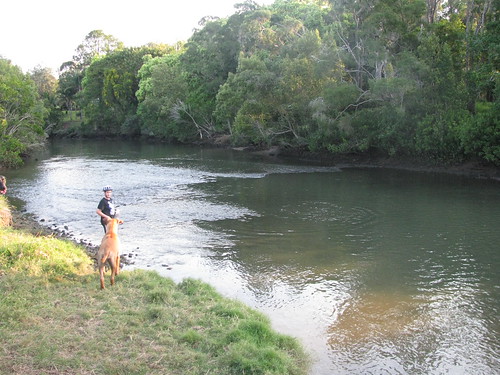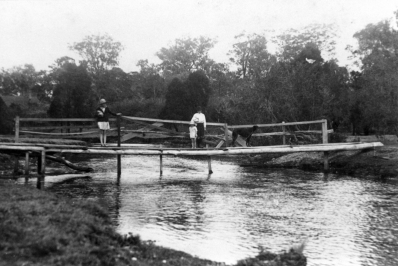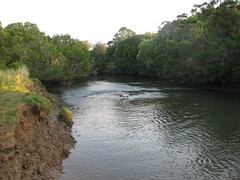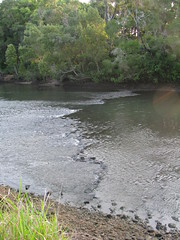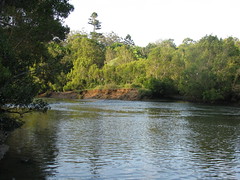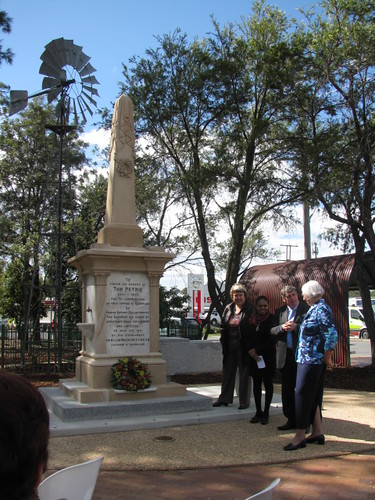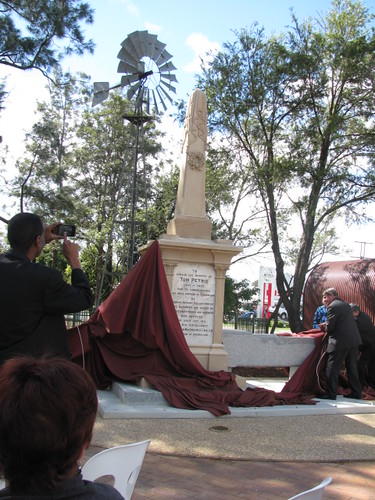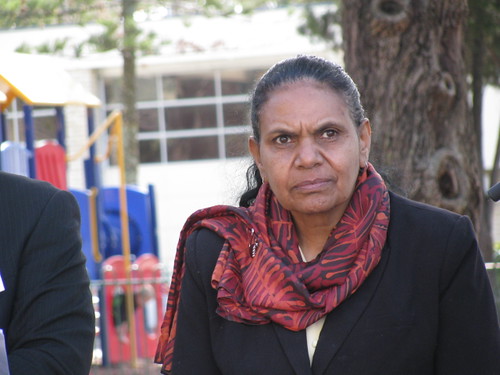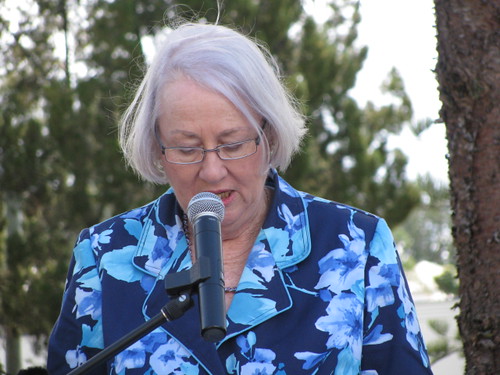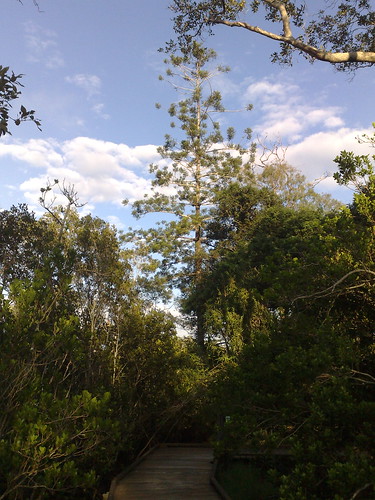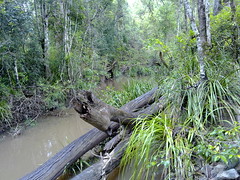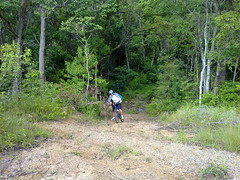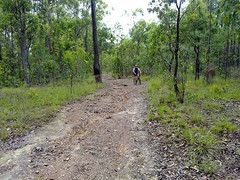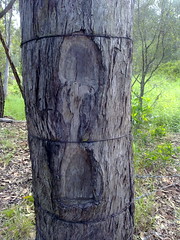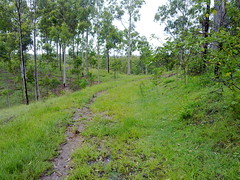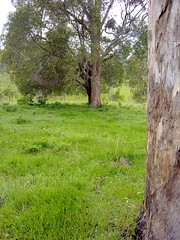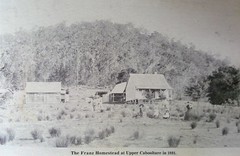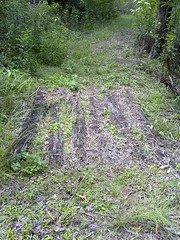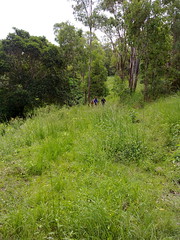Today I made a quick visit to the approximate location of the former Whiteside homestead – one of the earliest European settlements in the Pine Rivers district. Francis Griffin founded Whiteside Station in 1843. He was joined by his brother William in 1844, and his parents George and Jane in 1845.
Francis was a formerly the captain of a steamer called “James Watt” which had carried the Petrie family to Moreton Bay in 1837.
Unfortunately he had a disagreement with his brother, William, which resulted in Francis leaving the station in 1848, and in fact being sent back to Sydney.
William’s time at Whiteside didn’t last long either. The next year, his father, George, expelled him from the station “for bad conduct”.
George died in 1851, and his youngest son, John took over the property. He married the widow, Isabella Joyner in 1852. She owned the “Samsonvale Run” on the other side of the North Pine river. This meant that collectively, the Griffin and Joyner families owned large tracts of land north and south of the river.
Some of the Whiteside Run (east of Sideling Creek) was eventually sold to Tom Petrie in 1858 to establish “Murrumba”.
Total climbing: 590 m
Average temperature: NAN
Total time: 02:09:45
More data


